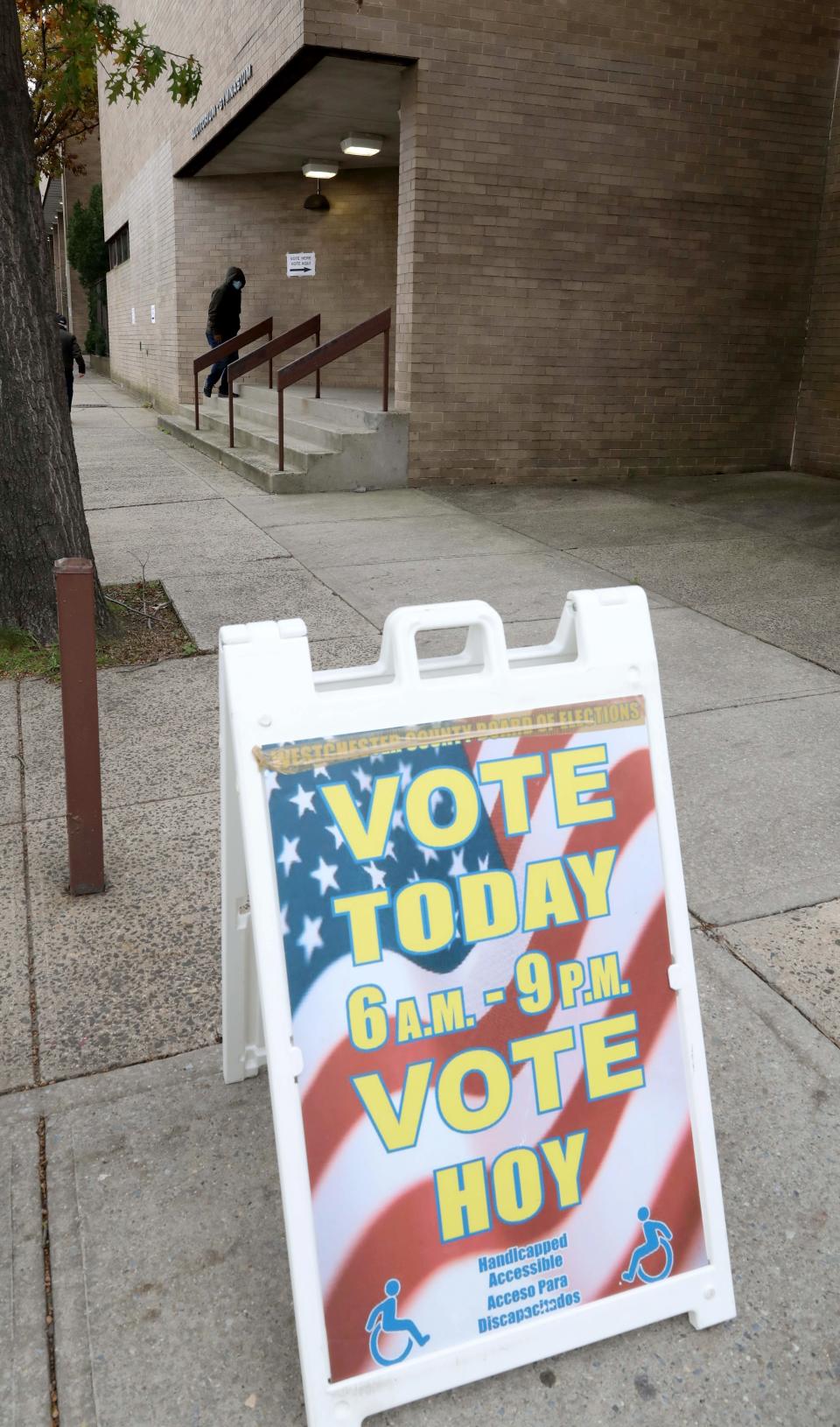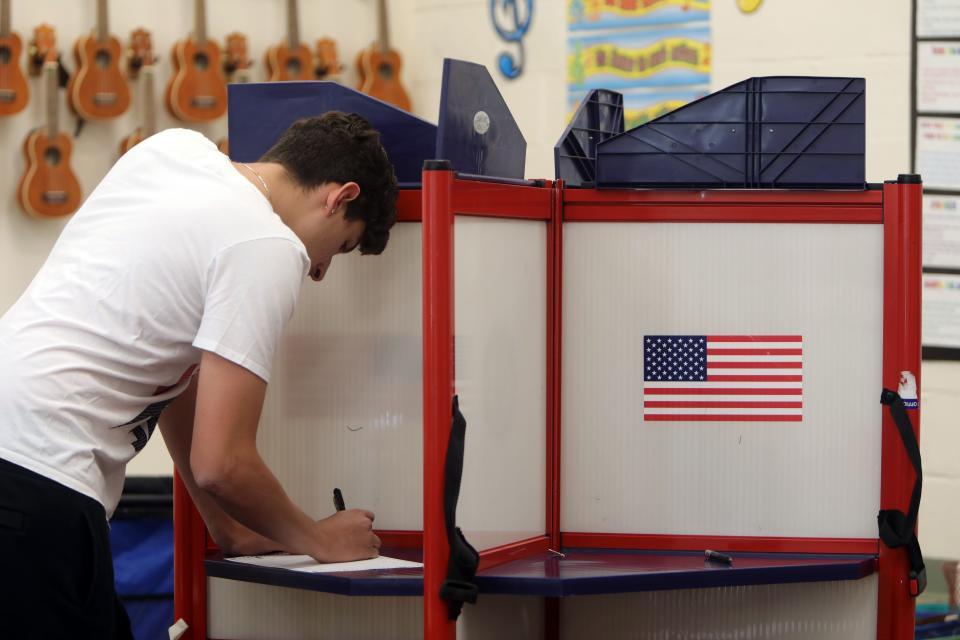School budgets: 7 Lower Hudson districts propose tax levy freeze; 1 seeks to override cap
With school elections set for Tuesday, 53 school districts in Westchester, Rockland and Putnam counties are seeking spending increases that average 5.49% and tax levy changes that average a 2.21% increase.
Districts appear to be in very different fiscal situations heading into 2023-24. Many districts are set to get major increases in state aid, but some are not. Many have gotten sizeable grants from the federal American Rescue Plan, but some have not. All districts have been dealing with rising costs across the board, including costs associated with helping students recover from the pandemic.

Proposed spending and tax levy changes were provided by school districts to the state Education Department by April 24 and posted by the state on May 6.
Seven districts out of the 53 in the Lower Hudson Valley have proposed freezing their tax levy next year: Brewster, Eastchester, Mount Vernon, Nanuet, North Rockland, Ossining, and Pocantico Hills. Hendrick Hudson has proposed a 0.1% increase and Briarcliff Manor 0.49%.
Sixteen districts across the state, out of 668 holding budget votes, are seeking to break their property tax levy cap, meaning they will need a 60% supermajority in support. The only one in the Lower Hudson Valley is the tiny Blind Brook district, with about 1,300 students. Blind Brook says it needs to exceed its cap because of inflation, health insurance costs and an increase in students with special needs.
The statewide cap is 2% for next year, but certain adjustments allow for lower or higher caps for each district.
State Comptroller Thomas DiNapoli, when announcing the cap, said school districts were dealing with high rates of inflation and employee turnover in many areas, while still dealing with multiple student needs tied to the pandemic.
“School district and municipal officials must exercise fiscal prudence to stay under the cap amid these challenges as they prepare their budgets," he said.
The state-imposed tax cap applies to each district's tax levy, the total amount raised in property taxes. It does not apply to a district's tax rate, which is the amount a homeowner must pay for each $1,000 of assessed value on their property.
Each district has budget and voting information on its website. Some districts also have non-budget propositions on their ballots.
The Empire Center, a conservative Albany-based think tank that consistently criticizes school spending in New York, noted that districts statewide are raising their tax levies by an average of 2%, despite "record-setting levels" of state aid.
"In total, the districts are on track to have increased per-pupil spending by 45% over the past 10 years, one and a half times the rate of inflation during that time," the organization said.
Big state aid hikes for most, not all
The state budget, for the third straight year, will include a major hike in Foundation Aid, the main form of state aid to school districts for general use. Legislative leaders committed in 2021 to pump up the aid over three years in order to comply with a 2006 court decision that sought to promote funding equity across New York. When Andrew Cuomo was governor, state aid was often less than what a state formula required.
Of the 53 districts, 40 will get at least a 20% bump in Foundation Aid next year, and 30 will see at least 30% jumps. But 10 districts will only get 3% increases: Bedford, Bronxville, Byram Hills, Garrison, Greenburgh, Harrison, Mount Vernon, Pocantico Hills, Rye and Scarsdale.

Many districts also got sizeable grants from the federal American Rescue Plan Act of 2021, which they must spend by Oct. 21, 2024. Six districts got at least $10 million: Mount Vernon, New Rochelle, Peekskill, Port Chester, East Ramapo and North Rockland. East Ramapo got among the largest grants in the state, $149 million. But 27 of the 53 districts got under $1 million.
Student enrollment has been declining in many districts for the past several years and the trend will continue.
Just over half of the 53 districts in Westchester, Rockland and Putnam that are having budget votes expect to see enrollment declines in 2023-24.
The Yonkers Public Schools, as a "Big 5" city district, does not have a public vote on its budget.
This article originally appeared on Rockland/Westchester Journal News: Lower Hudson school districts want to increase spending. Here's where

